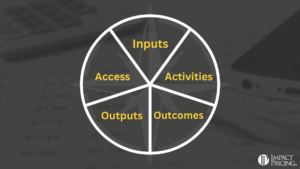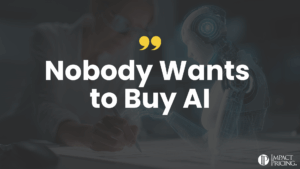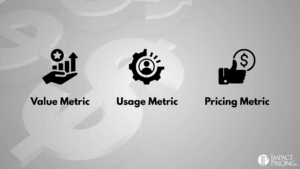Question: Hi Mark, got one for you. My company sells licensed software product as well as hardware appliances via discounting structures to customers (direct sell and a bit of channel). We have our very own SaaS platform that is run by us. The new challenge came when trying to post on AWS, GCP marketplace. Without a “bring your own license” approach, we cannot effectively price our “hourly rates” on AWS without impacting Sales. Kinda like the MSRP issue that is not public but when customer sees your pricing on cloud, they will demand a discount knowing your AVP. So, it ended up we either overprice it on a cloud platform or put up only the free version, which kinda just puts ads on without fully utilizing massive cross-selling platform of AWS and Google. D.
Answer: Hi D. I may not understand your question, but if I do, I’ve run into this multiple times now with different suppliers. Here is the question I think you’re asking which is the one that I’m going to answer:
New Question: We have a fantastic software application that runs on many platforms, our own, AWS, Azure, etc. When we run it on something like AWS, our customers know our costs. When the cost of AWS changes, they expect us to change our price. How should we handle this?
Quickly, the answer that I recommend, debundle your software price from the platform price. If the customer wants you to provide the AWS platform, charge them the AWS cost plus a small markup to cover your costs of managing it. This is not where you are going to make your money, but it is a requirement to do business. This way you are being open and honest with the client and you can sell the value of your software.
Gold Analogy
Here is a good analogy. Imagine you sell a product where a lot of your cost is gold. Gold prices fluctuate. Customers know the prices of gold so they know the fluctuation of your costs. A common strategy is to charge a price for the product where the price fluctuation is tied to the price of gold. In other words, a portion of our price is cost plus.
I once worked for a company who had to have at least a 50% margin on their hardware products. They wanted to sell a PC to support their peripherals, so the price of the PC was double of what you could buy on the market. Of course, this made it and other items hard to sell. A better strategy would have been to sell the PC at cost plus a small markup so that they could sell the other products where they truly added value.
You know that I despise cost-plus pricing, but let’s face it. You don’t add value to AWS. If you charge a high price for AWS, your clients won’t trust you. If you bundle in the AWS costs, then you have to explain why your prices don’t go down as AWS prices go down. A much better solution is to make your margin where you add value, your software. Just pass through the AWS cost (don’t forget the small margin).
**Note: Mark Stiving has an active LinkedIn community, where he participates in conversations and answers questions. Each week, he creates a blog post for the top question. If you have a question, head over to LinkedIn to communicate directly with Mark.














